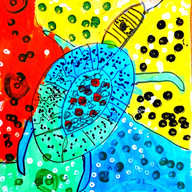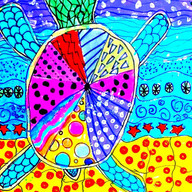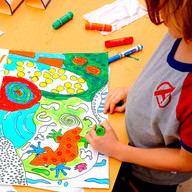Ancient Cultures Series
- Serene
- Feb 28, 2023
- 2 min read
Updated: Feb 28, 2023
Indigenous Art of Australia

Australian Indigenous art and culture is the oldest continuous tradition on the planet. In the last century, it has also emerged as one of the world’s most important contemporary art movements. Whether on bark, canvas, or in new media, Indigenous artists have used art to express the power and beauty of their culture, to show their enduring connection to, and responsibility for, ancestral lands and the continuity of their identities and beliefs. They settled on the Australian continent somewhere between 60,000 and 80,000 years ago. They survived mainly because of their reverence and “oneness with nature”. Their art is a direct reflection of their beliefs. Indigenous art is centered on storytelling and there is no written language for Australian Indigenous People. To convey their important cultural stories through the generations they are portrayed by symbols, dots, and designs in their paintings, known as “Dreamings”. Dreamtime is the period in which Indigenous people believe the world was created. The Dreamtime stories are up to and possibly even exceeding 50,000 years old, and have been handed down through the generations for all those years.
Traditionally paintings were drawn on rock walls or sand, using ground pigments to form watercolors. In 1971, a teacher working with children near Alice Springs noticed while the men were telling stories they would draw symbols in the sand, so he encouraged them to paint their stories on canvas and board. This was a major development in the history of art. It began the Indigenous Art movement, which has been identified as the most exciting and influential contemporary art form of the 20th Century. Indigenous Australian art has changed a lot over 55,000 years and is continually evolving. Contemporary artists' work can be seen in all of the major museum collections and galleries throughout the world.
ABERNETHY CLASSES
During this lesson, we had numerous absences due to snow days, and
other activities, so it stretched over two weeks. The class had the freedom
to choose their subject matter and colors. The brightly colored pieces
were done with KwikSticks, Tempra paint sticks, and markers. I love the
diversity and individual attention to the signature style of the artists of
Australia, in the design and patterns of their
mixed media paintings.
TABOR CLASS
















































Comments